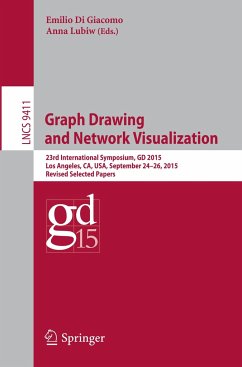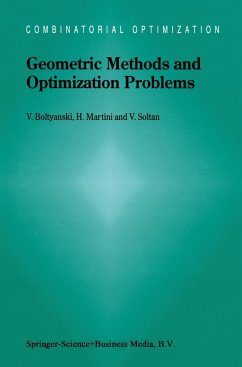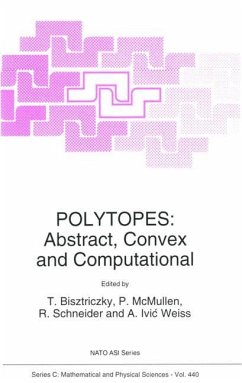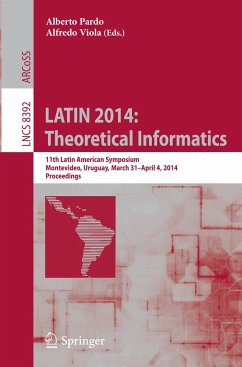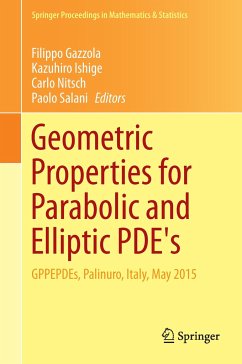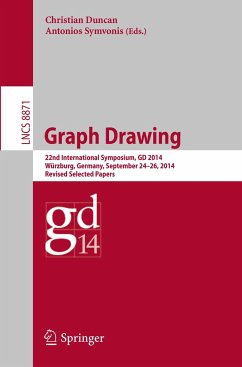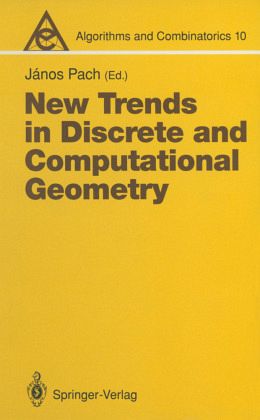
New Trends in Discrete and Computational Geometry

PAYBACK Punkte
20 °P sammeln!
Discrete and computational geometry are two fields which in recent years have benefitted from the interaction between mathematics and computer science. The results are applicable in areas such as motion planning, robotics, scene analysis, and computer aided design. The book consists of twelve chapters summarizing the most recent results and methods in discrete and computational geometry. All authors are well-known experts in these fields. They give concise and self-contained surveys of the most efficient combinatorical, probabilistic and topological methods that can be used to design effective...
Discrete and computational geometry are two fields which in recent years have benefitted from the interaction between mathematics and computer science. The results are applicable in areas such as motion planning, robotics, scene analysis, and computer aided design. The book consists of twelve chapters summarizing the most recent results and methods in discrete and computational geometry. All authors are well-known experts in these fields. They give concise and self-contained surveys of the most efficient combinatorical, probabilistic and topological methods that can be used to design effective geometric algorithms for the applications mentioned above. Most of the methods and results discussed in the book have not appeared in any previously published monograph. In particular, this book contains the first systematic treatment of epsilon-nets, geometric tranversal theory, partitions of Euclidean spaces and a general method for the analysis of randomized geometric algorithms. Apart from mathematicians working in discrete and computational geometry this book will also be of great use to computer scientists and engineers, who would like to learn about the most recent results.





